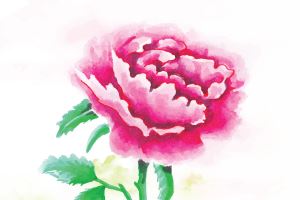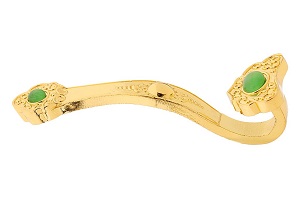Willow trees have an unmistakable look that is sort of in between a horse’s unkempt hair and another horse’s unkempt hair.
It can serve very practical purposes like being a source of firewood, and is also one of the various objects that symbolizes spring.
They are also sometimes referred to as sallows or osiers and there are actually hundreds of species of willow plants on record.
Because of how they droop in appearance, the weeping willow genus is often what people remember the tree as in general.
Willow trees in Chinese culture
In general, willow trees don’t have a good reputation in Chinese traditions.
They are often associated with sexual desire, and vice like brothels and prostitutes.
As such, it’s mandarin name liu (柳) is often used in metaphors describing loose women.
However, it is not all all that bad all of the time.
In other metaphors and word plays, the willow is often compared to the waist of a beautiful women, and gorgeous eyebrows to that of the curves of willow trees. While a young girl can sometimes be described as a fresh flowering willow.
An old women who has had a few partners can sometimes be described as a withered flower willow.
In superstition, willow twigs can be used to fend off demons. This can be seen in practice during Qing Ming when these twigs and branches are placed on front doors or worn as decorative accessories. They might also be used to brush the ancestral tablet to remove negative energy.
In another customary practice, people who are moving to a far away place are often given willow tree twigs before they commence their journeys. Not for good luck, but for the deterrence of bad luck.
The Goddess of Mercy is sometimes depicted with a willow branch. And willow trees can sometimes make an appearance in paintings that communicates femininity.
In traditional chinese medicine, the willow is said to have healing elements towards the heart.
Willow trees are often cited in the works of ancient scholars. This is probably because it is what they see when walking around nature in search for inspiration. They found affinity with the tree when in a mental state of exploration.
When depicted with orioles, it is a representation of summer season. The latter can sometimes be substituted with swallows.
When a man is illustrated with 5 willow trees, it is almost certainly a reference to the poet Tao Yuan Ming (陶淵明). The full arrangement would also contain bamboo and 3 pathways.
Willow trees and feng shui
Weeping willows instinctively communicate sadness and drooping forms suggest death. This is why willow plants are generally seldom recommended by feng shui masters to have in the garden.

However, because of how their branches and leaves can cover a wide area from the ground up, they can sometimes serve as useful defences against sha chi from external structures.
Because of it’s association with the female gender, wrong placement of willow trees in the garden can result in bad encounters in romance.
If you have a painting of someone sitting under the willow tree in your bedroom, you are going to be alone for a long time. If you are not currently single, get ready for it. Loneliness will catch up with you sooner or later.
Most feng shui experts also agree that willow trees lean more towards yin characteristics than yang.
This is mostly because of it’s form even though it is a living thing.
So like the cactus, even though it’s a living plant which is generally good for feng shui, it is generally avoided because of it’s natural attributes.
If you want to have trees in the front yard, pine trees would be a better choice.
However, if you simple need to have willow trees, then they should not be in the directional sectors of west, northwest, southwest, northeast and center.















